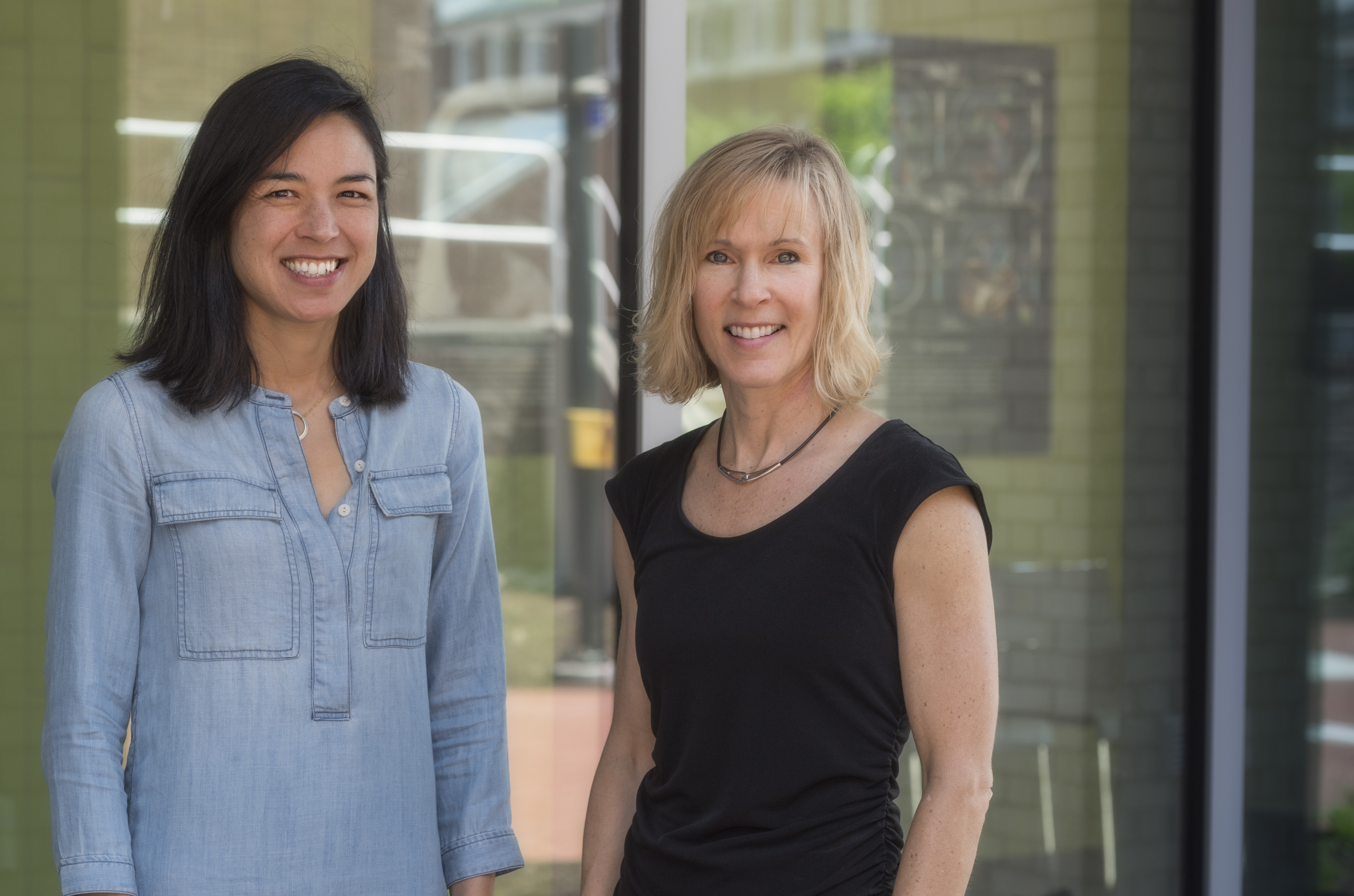

Horticultural hijacking
Researchers reveal the 'dark side' of beneficial soil bacteria
8:47 a.m., Sept. 21, 2012--It’s a battleground down there — in the soil where plants and bacteria dwell.
Even though beneficial root bacteria come to the rescue when a plant is being attacked by pathogens, there’s a dark side to the relationship between the plant and its white knight.
Research Stories
Chronic wounds
Prof. Heck's legacy
According to research reported by a University of Delaware scientific team in the September online edition of Plant Physiology, the most highly cited plant journal, a power struggle ensues as the plant and the “good” bacteria vie over who will control the plant’s immune system.
“For the brief period when the beneficial soil bacterium Bacillus subtilis is associated with the plant, the bacterium hijacks the plant’s immune system,” says Harsh Bais, assistant professor of plant and soil sciences, whose laboratory group led the research at the Delaware Biotechnology Institute.
In studies of microbe-associated molecular patterns (MAMPs), a hot area of plant research, the UD team found that B. subtilis produces a small antimicrobial protein that suppresses the root defense response momentarily in the lab plant Arabidopsis.
“It’s the first time we’ve shown classically how suppression by a benign bacteria works,” Bais says. “There are shades of gray — the bacteria that we view as beneficial don’t always work toward helping plants.”
In the past, Bais’ lab has shown that plants under aerial attack send an SOS message, through secretions of the chemical compound malate, to recruit the beneficial B. subtilis to come help.
In more recent work, Bais and his collaborators showed that MAMP perception of pathogens at the leaf level could trigger a similar response in plants. Through an intraplant, long-distance signaling, from root to shoot, beneficial bacteria are recruited to forge a system-wide defense, boosting the plant’s immune system, the team demonstrated. In that study, the Bais team also questioned the overall tradeoffs involved in plants that are associated with so-called beneficial microbes.
In the latest work, involving the testing of more than 1,000 plants, the researchers shed more light on the relationship. They show that B. subtilis uses a secreted peptide to suppress the immune response in plants. It is known that plants synthesize several antimicrobial compounds to ward off bacteria, Bais says.
The team also shows that when plant leaves were treated with a foliar MAMP — flagellin, a structural protein in the flagellum, the tail-like appendage that bacteria use like a propeller — it triggered the recruitment of beneficial bacteria to the plant roots.
“The ability of beneficial bacteria to suppress plant immunity may facilitate efficient colonization of rhizobacteria on the roots,” Bais says. Rhizobacteria form an important symbiotic relationship with the plant, fostering its growth by converting nitrogen in the air into a nutrient form the plant can use.
“We don’t know how long beneficial bacteria could suppress the plant immune response, but we do know there is a very strong warfare under way underground,” Bais says, noting that his lab is continuing to explore these interesting questions. “We are just beginning to understand this interaction between plants and beneficial soil bacteria.”
The lead author of the research article was Venkatachalam Lakshmanan, a postdoctoral researcher in the Department of Plant and Soil Sciences; Sherry Kitto, professor of plant and soil sciences; Jeffrey Caplan, associate director of UD’s Bio-Imaging Center; Yu-Sung Wu, director of the Protein Production Facility; Daniel B. Kearns, associate professor in the Department of Biology at Indiana University; and Yi-Huang Hsueh , of the Graduate School of Biotechnology and Bioengineering at Yuan Ze University, Taiwan.
The research was supported by grants from the National Science Foundation.
Article by Tracey Bryant
Animation and images courtesy of Harsh Bais










